Across North America, countless non-residential buildings are topped with low-slope roofs, many of them with minimal insulation and nearing the end of their useful service lives. Together these hundreds of millions of square feet of roofing produce significant energy loss as the largest thermal envelope surface of their respective buildings. The eventual need to replace low-slope roofing atop the schools, hospitals, retail establishments, and small offices that account for many of these buildings presents a unique opportunity for building owners to incorporate building energy improvements, like above-deck roof insulation installed in staggered layers, that will ultimately offset their added costs through long-term savings.
Many current building codes require owners to bring their roofing insulation levels up to modern standards during alterations and roof replacements. Some may balk at the added cost of these energy upgrades on an already capital-intensive project. A recent study conducted by ICF International, a global technology services and consulting firm, should ease these concerns — it reports that upgrading buildings with energy code-compliant roof systems substantially reduces whole-building energy use, leading to decreased energy costs and carbon emissions that pay for themselves many times over during their expected service lives.
In the study, ICF draws the following general conclusions:
• Roof replacements are life-cycle economical under various conditions even when subjected to higher incremental installation costs and discount rates.
• Roof replacements support the transition to building electrification through a significant reduction in natural gas fossil fuel use and overall improvement in energy efficiency.
• Roof replacements support building performance standards and carbon emissions reduction goals by offering a cost-effective tool to help building owners reduce energy use and lower their carbon footprint.
This study, commissioned by the Polyisocyanurate Insulation Manufacturers Association (PIMA), quantifies the energy and carbon emissions savings from code-compliant roof replacements on common building prototypes established by the U.S. Department of Energy in reference cities representing ASHRAE Climate Zones 2-6 for the United States and Canada. When selecting the proper roof insulation for any building, it is critical to consider the climate zone for its location.
The report outlines the following findings from the study, grouped by example city:
Tampa, Florida – Climate Zone 2: Cities located in ASHRAE Climate Zone 2 are characterized as hot climates, which is defined as an area that has temperatures that exceed 67 degrees a minimum of 3,000 hours during the warmest six months of the year, and/or exceed 73 degrees for a minimum of 1,500 hours during the warmest six months of the year. In warm climate zones where building energy expenditure is often dominated by cooling processes, an inefficient thermal building envelope can waste electricity and generate unnecessarily high utility bills. Installing an energy code-compliant roof replacement in Climate Zone 2 (R-25 for insulation entirely above the roof deck) is estimated to generate whole-building energy savings of 2-3% annually depending on the building type. This translates into cumulative energy cost savings per square foot of $1.72 to $2.73 and carbon equivalent emissions reductions per square foot of approximately 18 to 32 lbs.
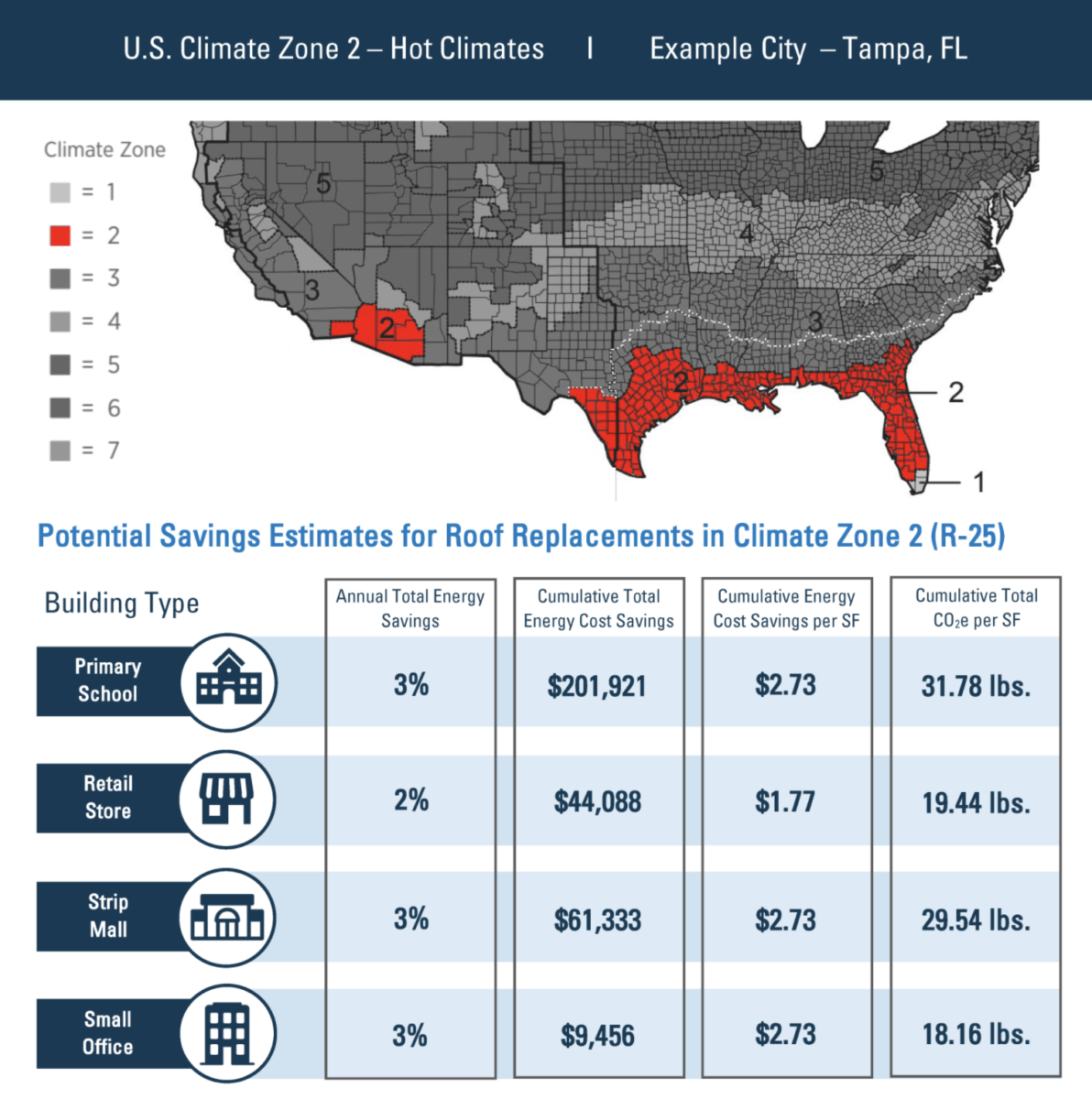
Atlanta, Georgia – Climate Zone 3: Cities located in ASHRAE Climate Zone 3 are characterized as warm climates, which is defined as an area that has approximately 5,400 or fewer heating degree days (at 65 degrees Fahrenheit basis), and where the average monthly outdoor temperature drops below 45 degrees in winter months. In warm climate zones where building energy expenditure is often dominated by cooling processes, an inefficient thermal building envelope wastes electricity resulting in high utility bills and potentially leading to other issues associated with moisture intrusion (such as mold growth and condensation). Installing an energy code-compliant roof replacement in Climate Zone 3 (R-25 for insulation entirely above the roof deck) is estimated to generate whole-building energy savings of 3-6% annually depending on the building type. This translates into cumulative energy cost savings per square foot of $1.83 to $3.07 and carbon equivalent emissions reductions per square foot of approximately 20 to 45 lbs.
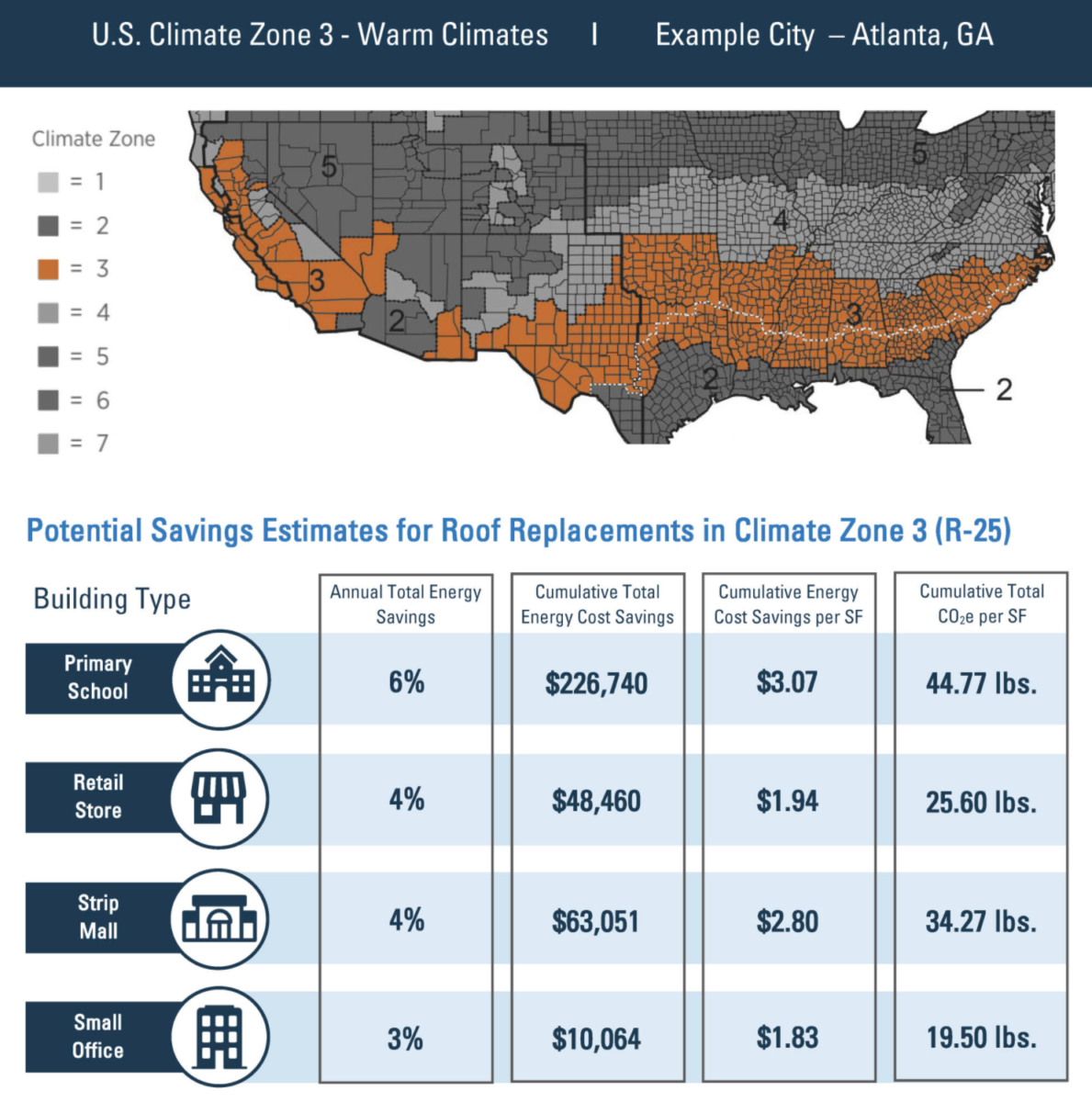
New York City, New York – Climate Zone 4: Cities located in ASHRAE Climate Zone 4 are characterized as mixed climates, which is defined as an area that has approximately 5,400 or fewer heating degree days (at 65 degrees Fahrenheit basis), and where the average monthly outdoor temperature drops below 45 degrees in winter months. In mixed climate zones where building energy expenditure fluctuates between cooling and heating processes, an inefficient thermal building envelope can waste gas and electricity, which results in excessive emissions of greenhouse gasses related to energy use. Installing an energy code-compliant roof replacement in Climate Zone 4 (R-30 for insulation entirely above the roof deck) is estimated to generate whole-building energy savings of 5-10% annually depending on the building type. This translates into cumulative energy cost savings per square foot of $2.55 to $4.90 and carbon equivalent emissions reductions per square foot of approximately 32 to 81 lbs.

Buffalo, New York – Climate Zone 5: Cities located in ASHRAE Climate Zone 5 are characterized as cold climates, which is defined as an area with between 5,400 and 9,000 heating degree days on a 65 degrees Fahrenheit basis. In cold climate zones where building energy expenditure is often dominated by heating processes, an inefficient thermal building envelope wastes gas and electricity by allowing conditioned air to escape the building through its leaky and under insulated exterior in the winter months. Installing an energy code-compliant roof replacement in Climate Zone 5 (R-30 for insulation entirely above the roof deck) is estimated to generate whole-building energy savings of 6-10% annually depending on the building type. This translates into cumulative energy cost savings per square foot of $2.56 to $4.78 and carbon equivalent emissions reductions per square foot of approximately 39 to 82 lbs.
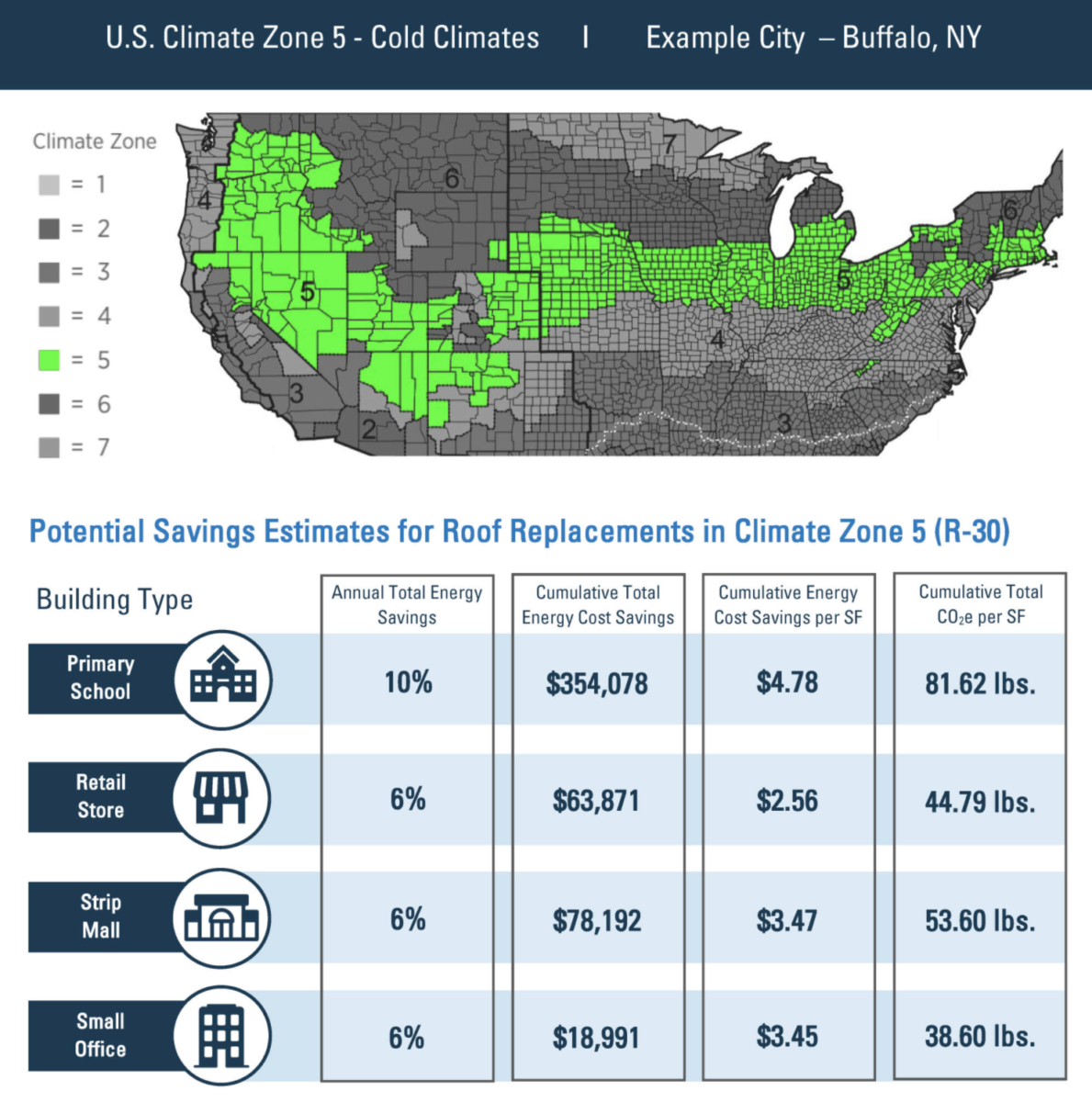
Chicago, Illinois – Climate Zone 5: Cities located in ASHRAE Climate Zone 5 are characterized as cold climates, which is defined as an area with between 5,400 and 9,000 heating degree days on a 65 degrees Fahrenheit basis. In cold climate zones where building energy expenditure is often dominated by heating processes, an inefficient thermal building envelope can waste gas and electricity, generating unnecessarily high utility bills. Installing an energy code-compliant roof replacement in Climate Zone 5 (R-30 for insulation entirely above the roof deck) is estimated to generate whole-building energy savings of 6-9% annually depending on the building type. This translates into cumulative energy cost savings per square foot of $2.97 to $4.58 and carbon equivalent emissions reductions per square foot of approximately 43 to 75 lbs.
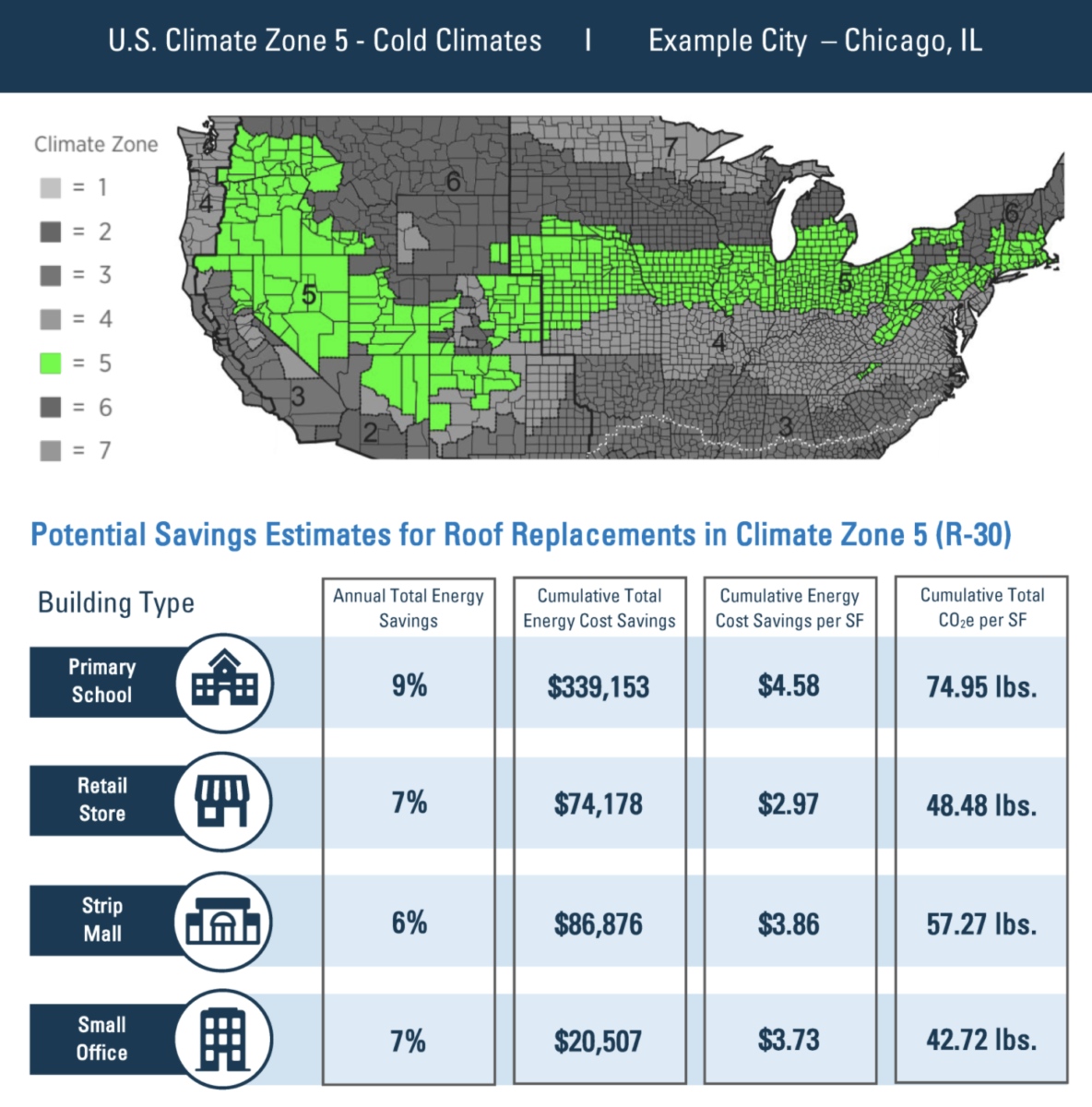
Montreal, Canada – Climate Zone 6: Cities located in ASHRAE Climate Zone 6 are characterized as cold climates, which is defined as an area with between 5,400 and 9,000 heating degree days on a 65 degrees Fahrenheit basis. In cold climate zones where building energy expenditure is often dominated by heating processes, an inefficient thermal building envelope generates excessive utility bills by driving up the amount of natural gas used to heat buildings during the winter months. Installing an energy code-compliant roof replacement in Climate Zone 6 (R-30 for insulation entirely above the roof deck) is estimated to generate whole-building energy savings of 6-12% annually depending on the building type. This translates into cumulative energy cost savings per square foot of $3.20 to $6.01 (USD) and carbon equivalent emissions reductions per square foot of approximately 54 to 107 lbs.
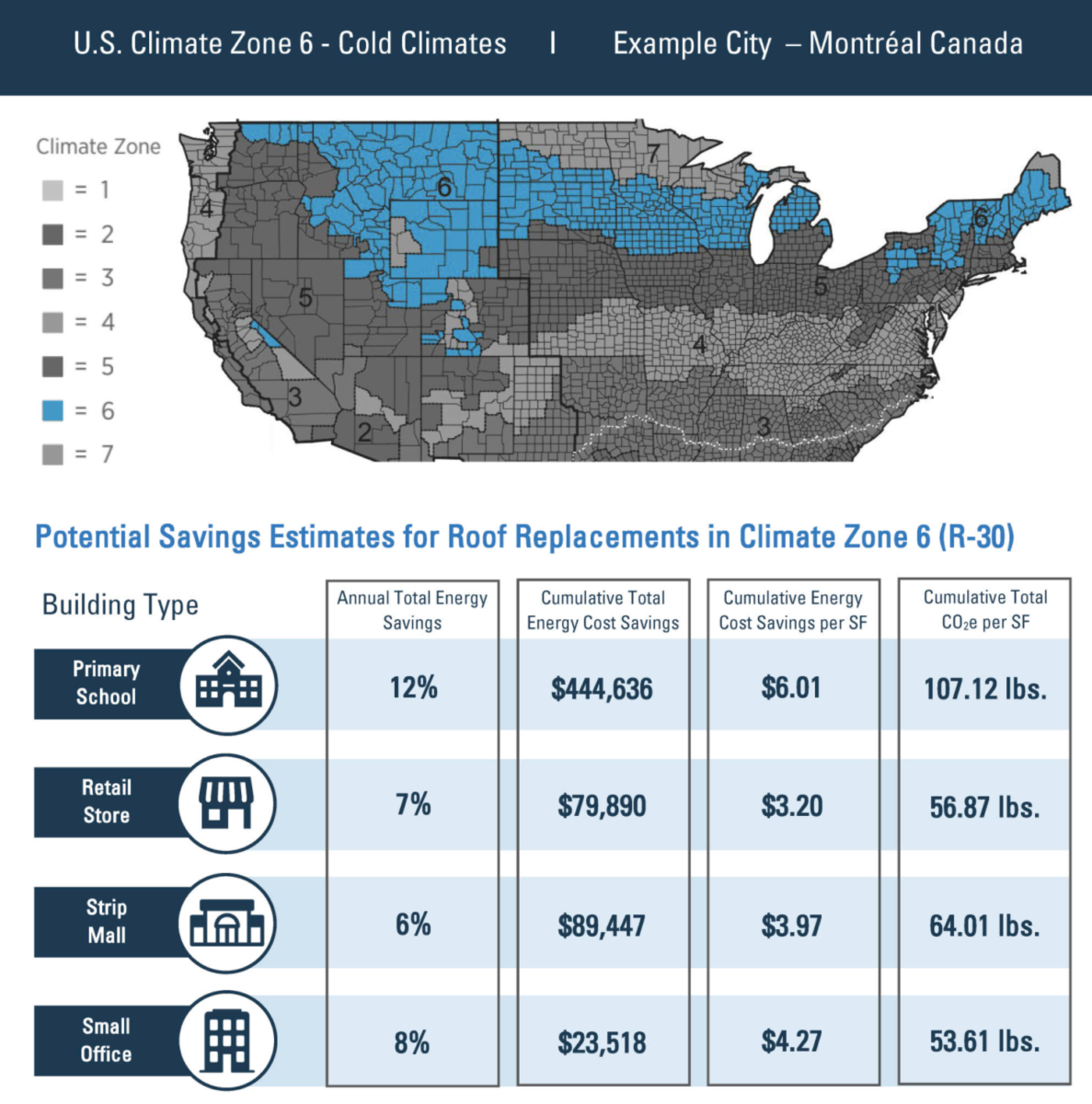
Rochester, Minnesota – Climate Zone 6: Cities located in ASHRAE Climate Zone 6 are characterized as cold climates, which is defined as an area with between 5,400 and 9,000 heating degree days on a 65 degrees Fahrenheit basis. In cold climate zones where building energy expenditure is often dominated by heating processes, an inefficient thermal building envelope not only wastes energy and money, but can lead to increased occupant discomfort generated by air movement (i.e., air leaks) through the building’s exterior. Installing an energy code-compliant roof replacement in Climate Zone 6 (R-30 for insulation entirely above the roof deck) is estimated to generate whole-building energy savings of 6-11% annually depending on the building type. This translates into energy cost savings per square foot of $3.34 to $5.88 and carbon equivalent emissions reductions per square foot of approximately 43 to 103 lbs.
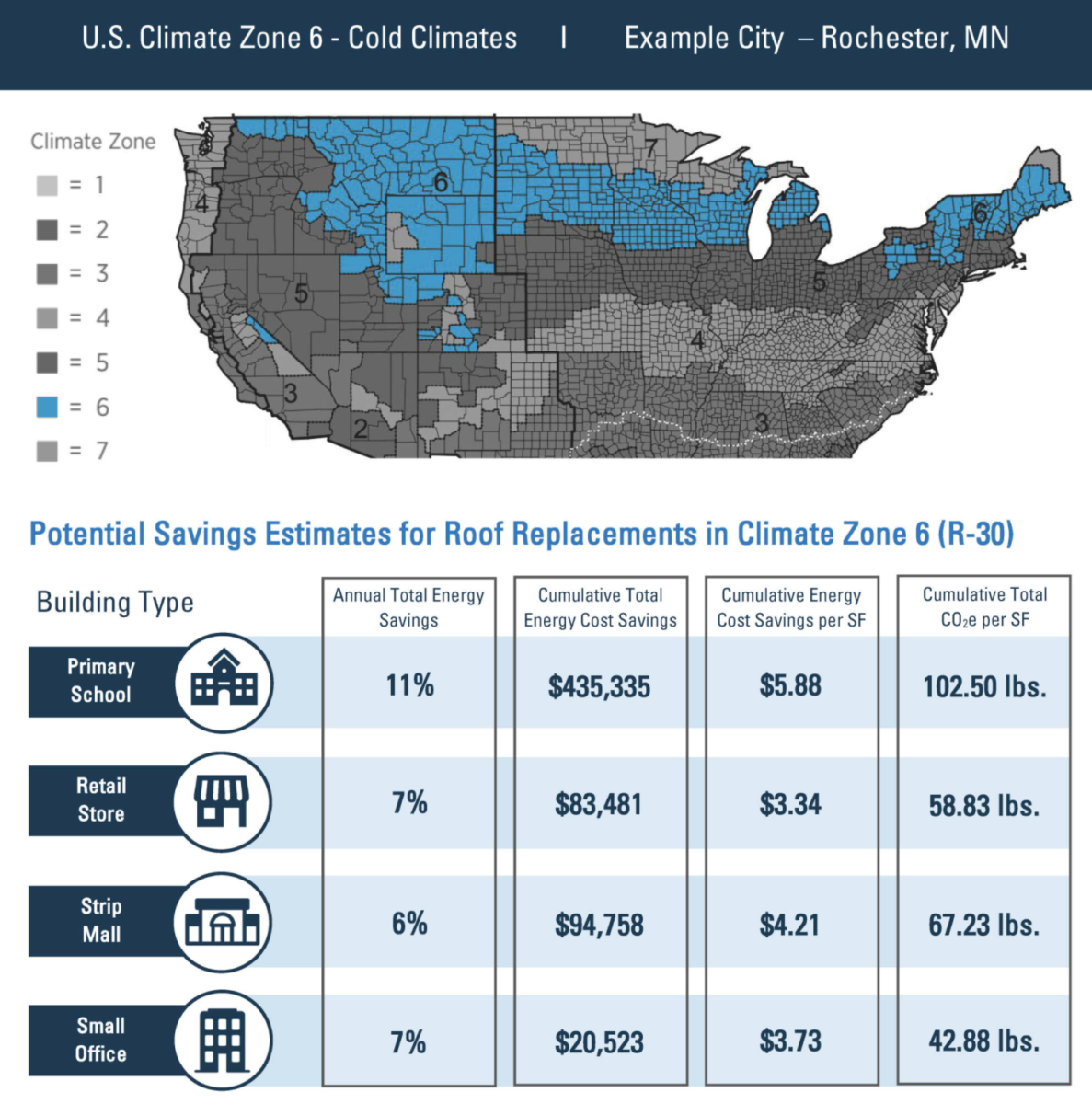
To read the full report of the study and download Climate Zone-specific fact sheets, visit https://www.polyiso.org/page/EnergyCarbonSavingsAnalysis.
About the author: Justin Koscher is President of the Polyisocyanurate Insulation Manufacturer’s Association. For more information, visit polyiso.org.

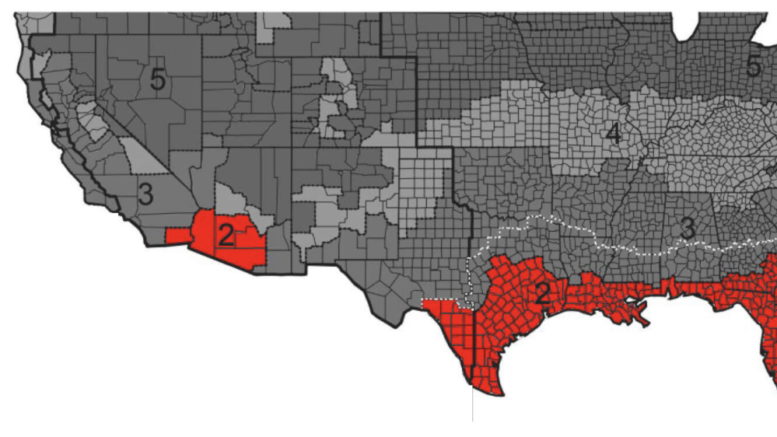
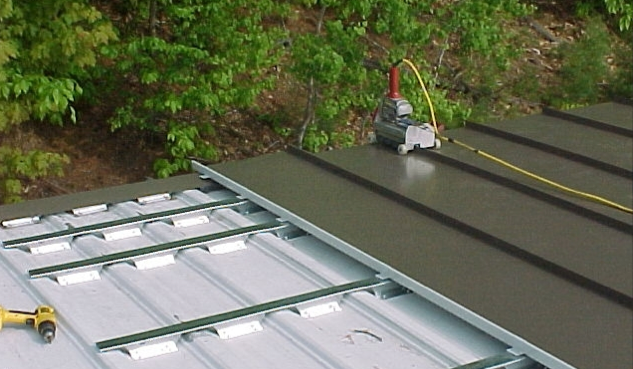

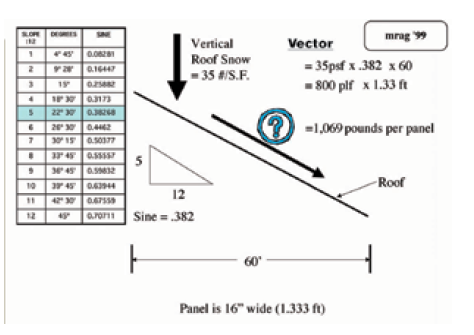
Be the first to comment on "Insulation Upgrades During Low-Slope Roof Replacement Reap Long-Term Cost Savings"